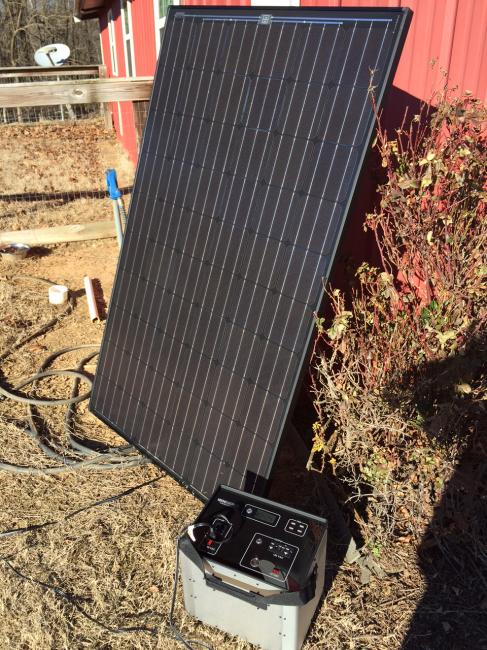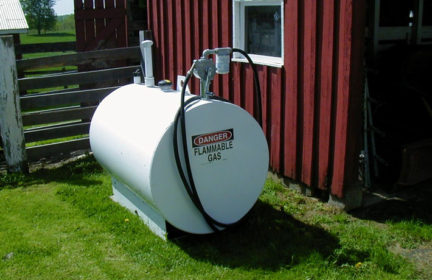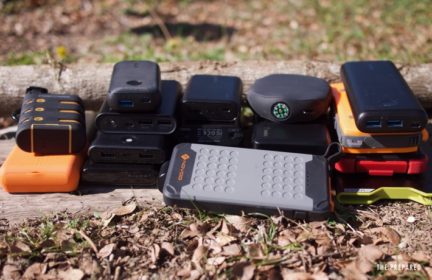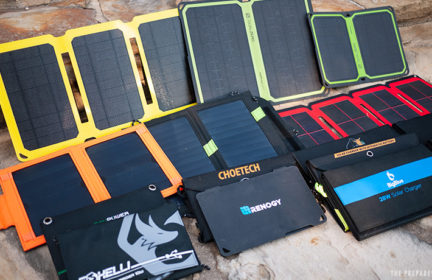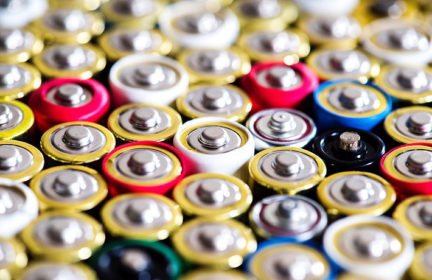Clue me in about portable solar panels, please
In recent months I’ve acquired two “solar generators” — the MAXOAK Bluetti 150 and the massive Goal Zero Yeti 3000X. (Hot tip: if you are in Northern California and are a PG&E medical baseline customer, meaning you use some sort of medical equipment and get a special electricity rate for that, you can actually apply to receive a free Yeti 3000X, which normally runs over $3000.)
Now I’m trying to acquire solar panels to charge these batteries. But I know almost nothing about electricity and about solar panels specifically. I have some specs from the manufacturer and some customers on Amazon (listed at bottom), but what else do I need to keep in mind?
I notice different panels are listed as being made of different materials? Does it matter?
Some panels are flexible, which wouldn’t work for setting them outside when I need to charge my generator, but is there a way to attach these to a rigid surface, like a board?
Some of them come with controllers. I don’t know what these are for? I know that the generators come with their own hardware that’s their interface for the panels.
Anything else I should keep in mind? Because otherwise I would literally go out and buy the cheapest panels I can find that meet the specs. Which are:
Bluetti 150
*≈10 Hours (Using 200W Solar Panels simultaneously with full sun)
The recommended solar input for the Bluetti EB150 is 400 watts at 12 Volts. This will fully recharge your unit in around 3.5-4 hours of ideal sunlight.
Solar/AC Recharge: 1)This Power Generator Can be Recharged from the Sun with Solar Panel (Open Circuit Voltage must be 16V~60V(Max),Max 500W,Solar Panel not Included).
This is the solar panel set they sell, which looks nifty but is way overpriced: https://www.bluetti.com/products/120w-solar-panel
Yeti 3000x
100W (Boulder/Nomad 100 (BC) ): 36-72 Hours
200W (Boulder (BC) ): 18-36 Hours
400W (Boulder 200 X 2): 9-18 Hours
600W (Boulder 200 X 3): 6-12 Hours
800W (Boulder 200 X 4): 6-9 Hours
1200W (Boulder 200 X 6): 6 Hours
-
Comments (12)
-
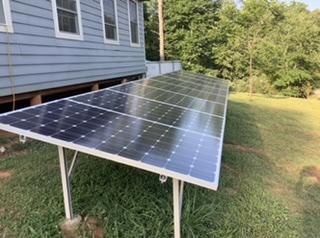 I will post a series of pictures of my progress in the next couple days.
I will post a series of pictures of my progress in the next couple days.